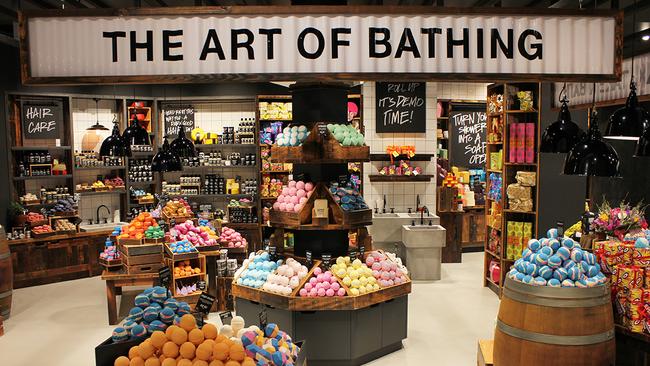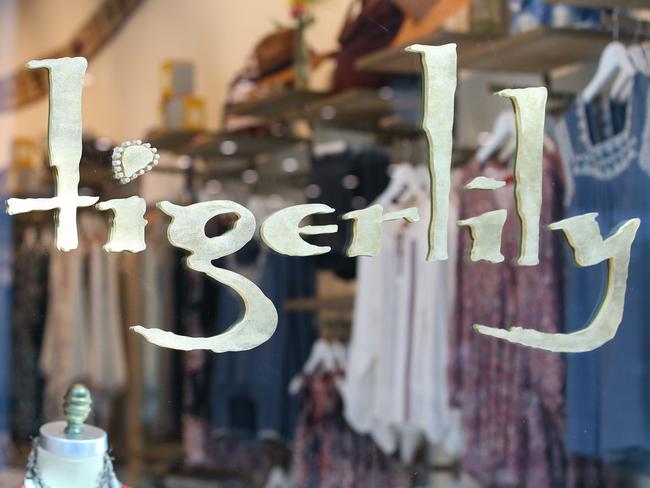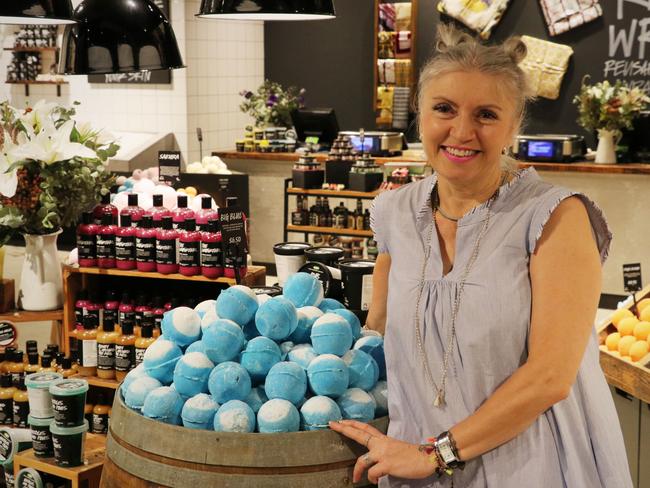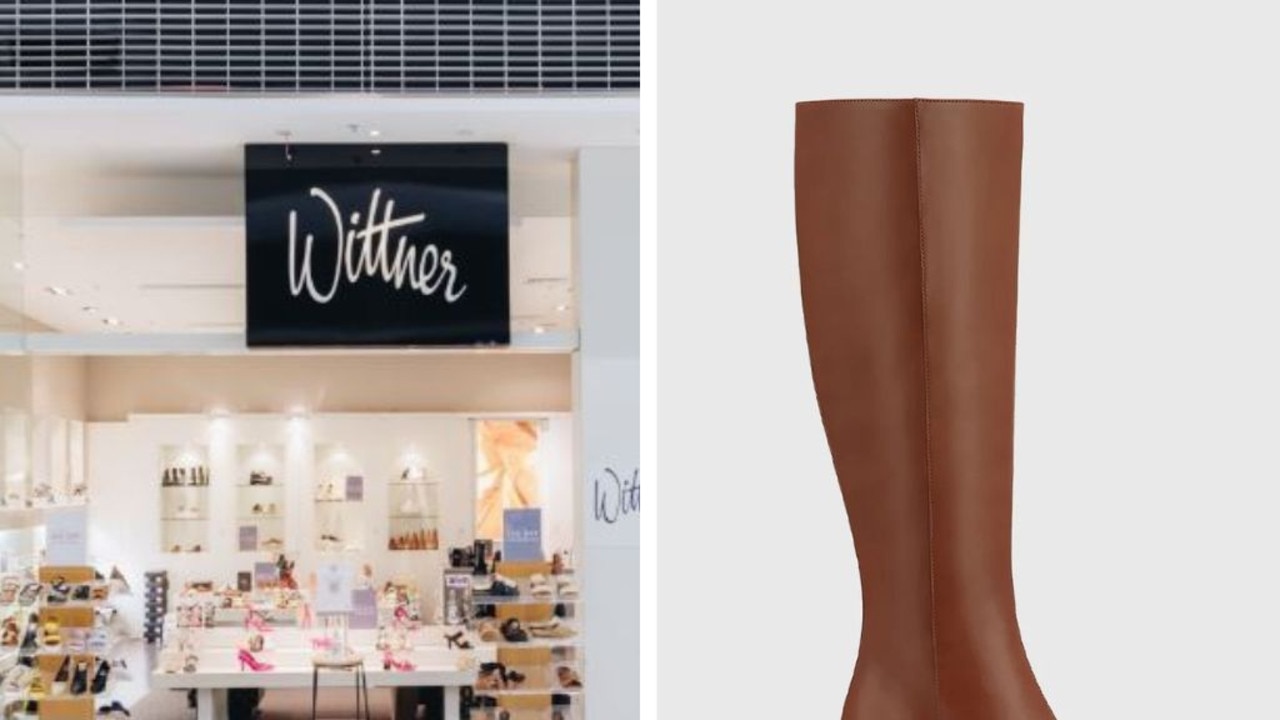How retailers use sensory branding to lure you in store and get you to spend
EVER noticed how some stores smell delicious and lure you in with their scent? It’s intentional, and yes, there’s some serious science behind it.

Retail
Don't miss out on the headlines from Retail. Followed categories will be added to My News.
OF ALL the five senses, the theory goes that smell is the most dominant when it comes to influencing our purchasing decisions.
“We remember 1 per cent of what we touch, 2 per cent of what we hear, 5 per cent of what we see and 15 per cent of what we taste,” said Steve Hughes, managing director of Mood Media, a marketing agency specialising in sensory branding. “But 35 per cent of what we smell stays with us.”
Sensory branding is a type of marketing that uses the senses to connect with customers on an emotional level. By forging a warm emotional connection, brands hope you’ll associate positive feelings with their product or service and be more inclined to hand over your cash.
“There’s obviously an emotional conversation that takes place when you talk about scent. People are emotional creatures and this is why sensory branding works,” Mr Hughes said.
“Scent taps into our memory. If you’re smelling cut grass, it takes you back to when you were a child playing sport at school. If you can evoke an emotion and it’s a positive one, people will react to that quickly and it encourages the impulse purchase.
“But if you have the wrong scent, then you’re going to leave [the store], aren’t you? Music is also important in store, but if you have the wrong music, you can just skip to a different song. It’s a lot easier to change than smell, which hangs around for ages.”

Aussie swimwear and clothing brand Tigerlily is famous for its boho-chic stores and their delicious smell. All Tigerlily stores smell the same thanks to Glasshouse’s coconut lime candle. And yes, it’s intentional, says creative director Amelia Mather.
“It was definitely a deliberate thing,” Ms Mather told news.com.au. “Our stores are an extension of everything we do and we wanted to make sure the whole ambience overall was reflective of our brand. We looked at all of the senses and made sure they were all on brand and aligned and scent was a big part of that strategy.”
Coconut and lime was the obvious choice for a brand that sells swimwear and clothing typically worn at the beach or while on holidays. Tigerlily has two other candles - ginger and sandalwood is burned during winter and sea salt and caramel gets a run during the holiday season.
“The Australian beach lifestyle is what we stand for and coconut and lime has that great beachy sense ... that freshness that we associate with summer,” Ms Mather said.
“We needed to evoke the beach in Westfield shopping centres. Not all of our stores are on the coast and the challenge was to translate that beach lifestyle into those other locations. Visually the stores represented what we stand for, but we wanted them to smell and sound like the beach.”

When Rowena Bird tells people she’s the co-founder of cosmetic retailer Lush, one of the first things they bring up is the distinct smell of her stores.
“Some people don’t like it. We’re known as the ‘smelly shop’ and some people think the smell is too strong. But once you’re in it you don’t notice it,” Ms Bird told news.com.au.
“The smell is purely down to the fact that most of our products are unwrapped. If you haven’t got packaging, you can smell what’s inside. That’s the only reason. We don’t do it on purpose for the smell,” she said.
Lush’s whole brand is based on being environmentally friendly and sourcing ethical materials.
“We do it on purpose because we’re environmentally friendly, as much as possible. We don’t want the extra wrapping. When we do use packaging we like it to be recycled,” Ms Bird said.
Sensory branding can be expensive. After all, it’s not cheap to have designer candles burning all day. But Mr Hughes says the investment usually pays off.
“80 per cent of customer messaging influences their buying decisions and scent is the strongest of all the senses that we have,” he said.
rebecca.sullivan@news.com.au
Originally published as How retailers use sensory branding to lure you in store and get you to spend


